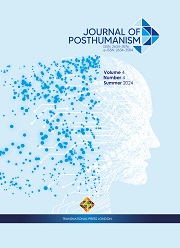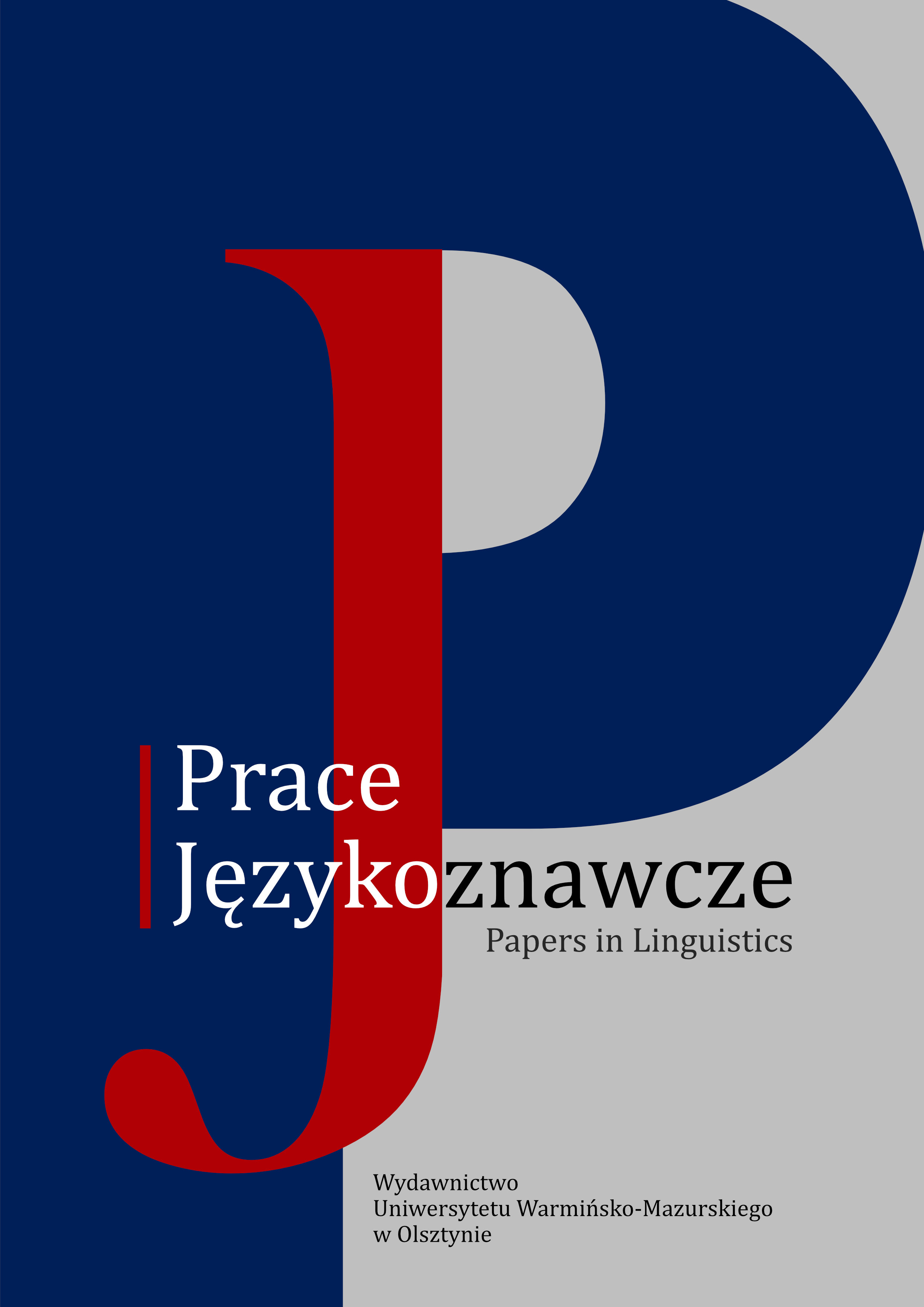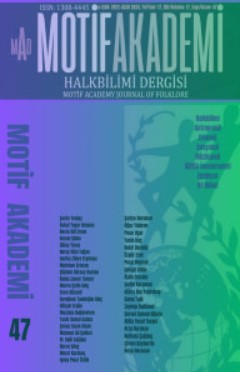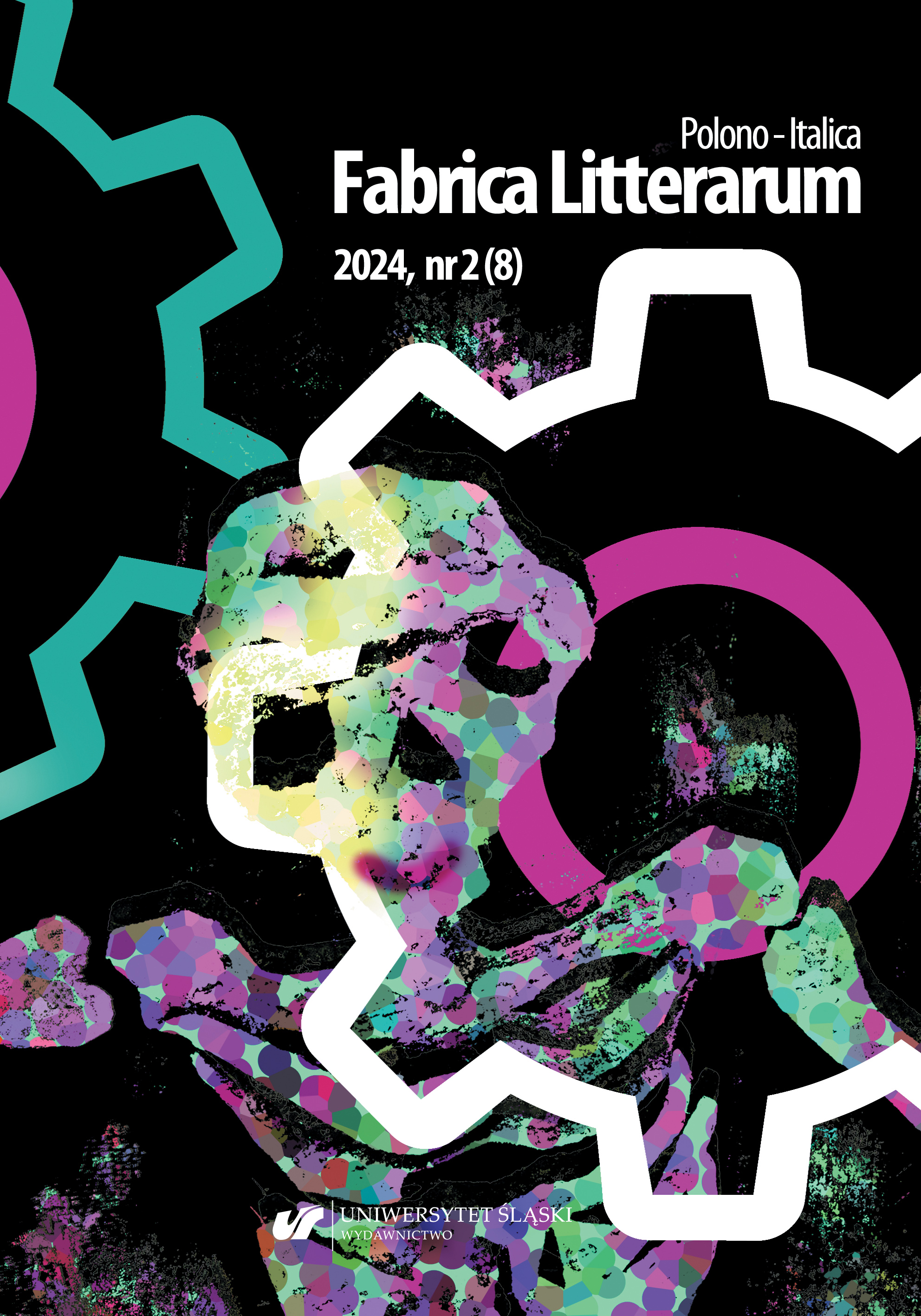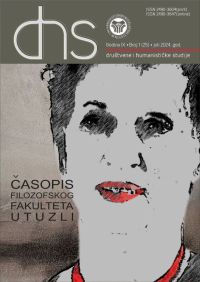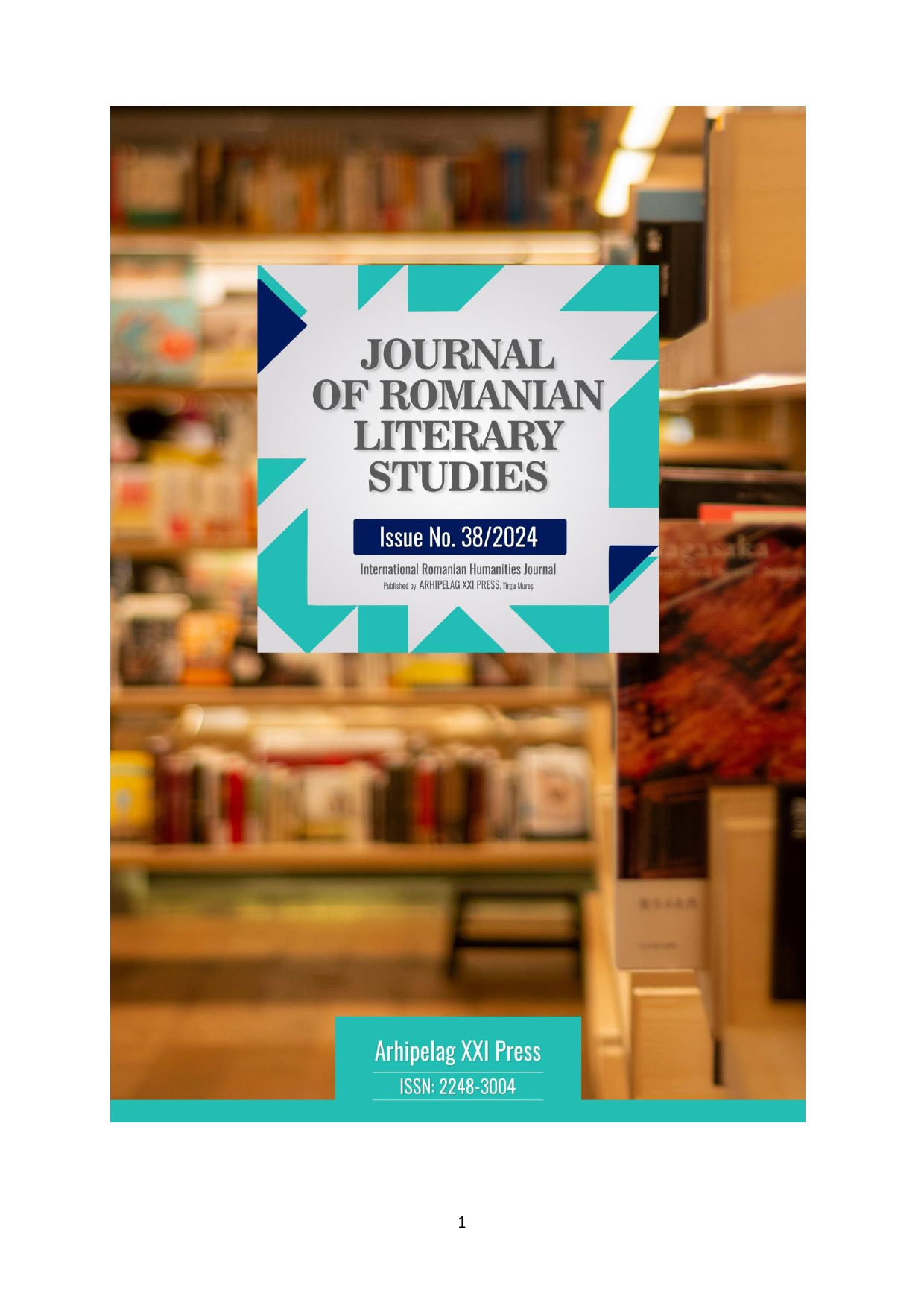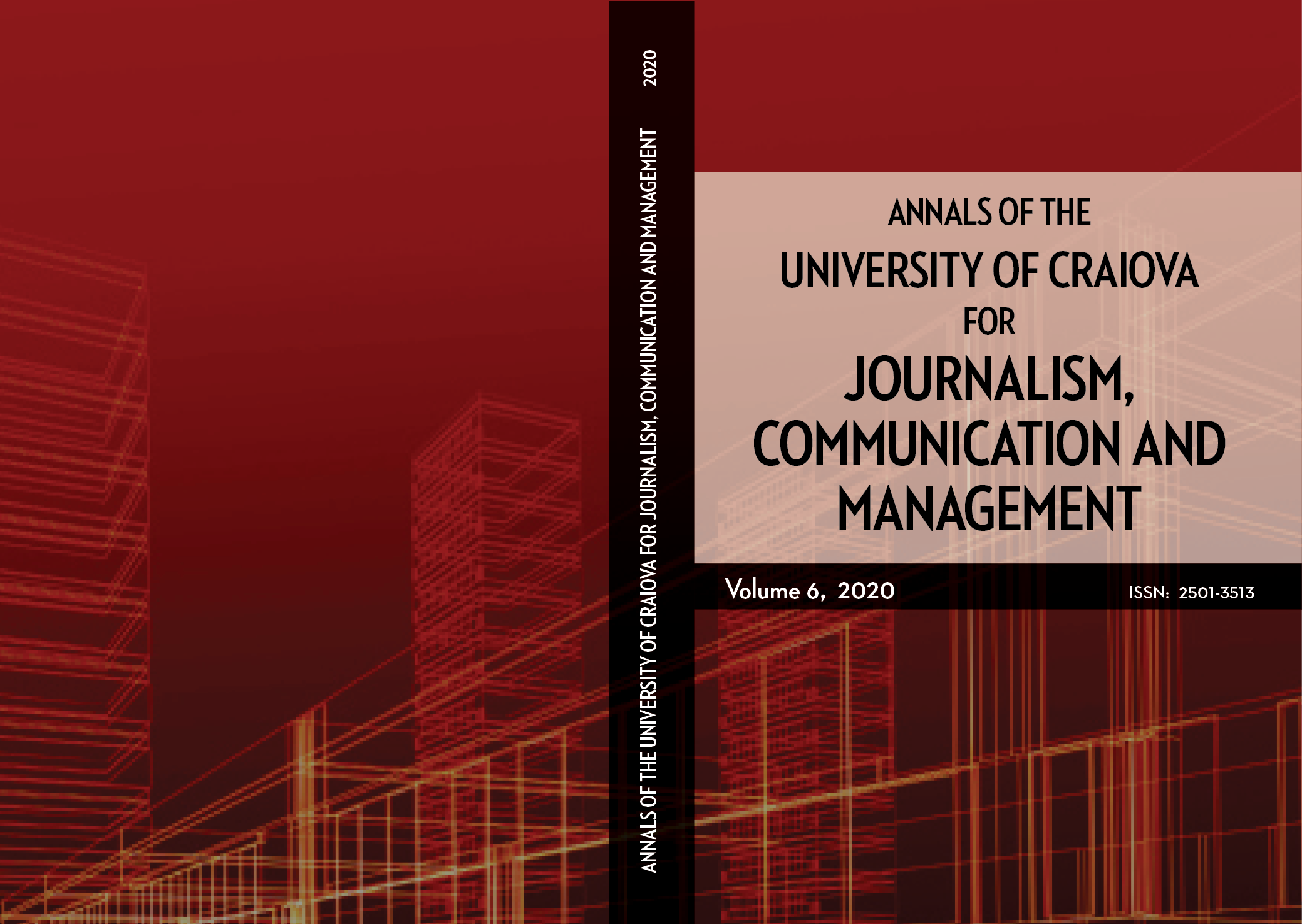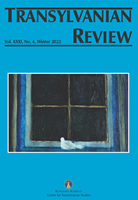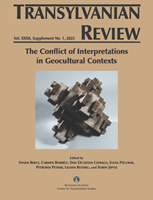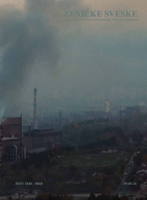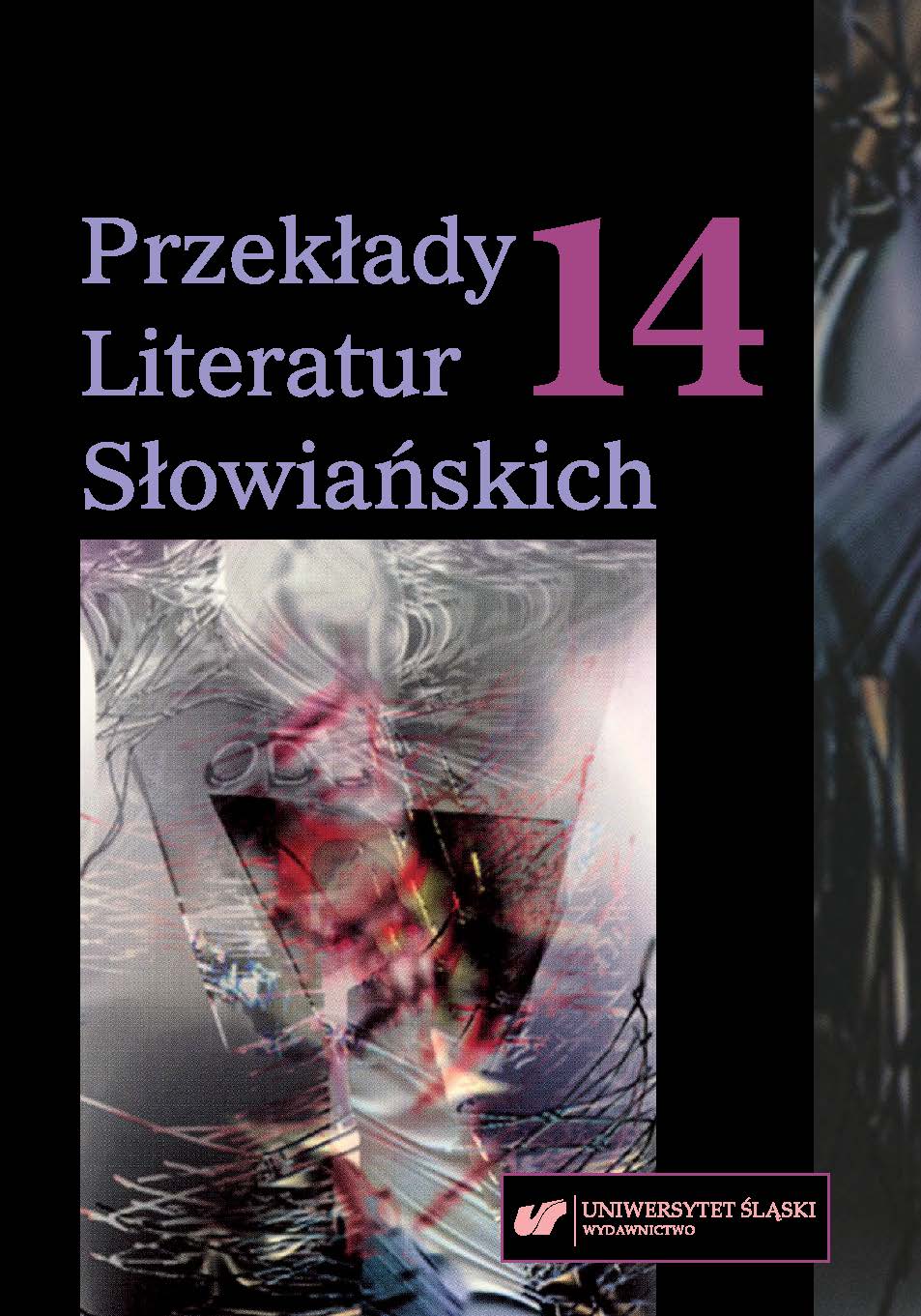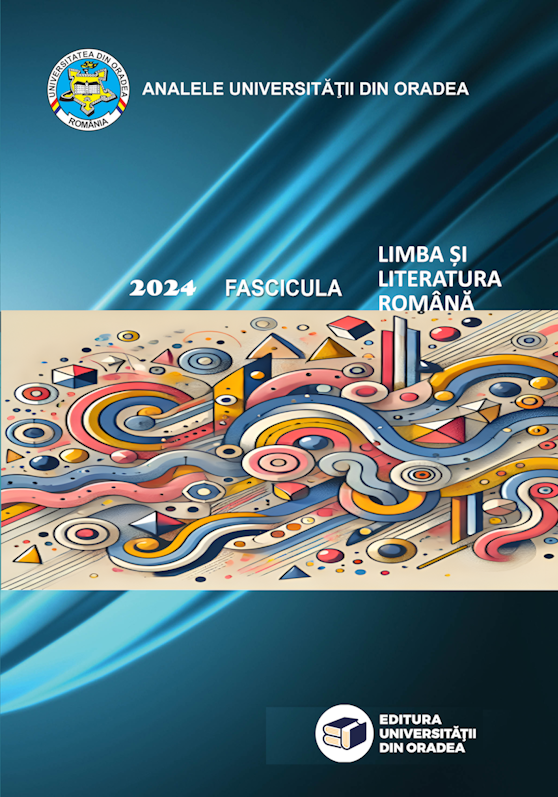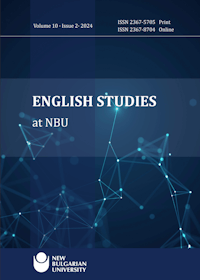Author(s): Anna Dybiec / Language(s): English
Issue: 17(46)/2024
The article offers a comparative analysis of two of Charles Dickens’s Christmas Books: "The Chimes" (1844) and "The Cricket on the Hearth" (1845). Time influences literary fashions, which prompted me to conduct an analysis of these translations. Polish translations of the books were published at different times, encompassing the nineteenth, twentieth, and twenty-first centuries, which had a considerable impact on their poetics and quality. This paper aims to present various approaches to the linguistic representation of emotions in source texts and target texts. The study relies on structural analysis and cognitive linguistics, which includes spoken and written language, as well as non-verbal communication. It opens with a short introduction on the issue of emotions and how they can be examined. It also explores how languages manifest expressions of emotions and translators’ techniques to cover expressiveness. Special attention was given to various ways of depicting emotions in the texts, paying attention to the use of diminutives, metaphors, and phraseological units involving body organs (one of them being the “heart”) or symptoms of emotions. Triggered by interest in emotions in recent years, researchers have started to take them into account in research. Consequently, I claim that among the numerous linguistic works devoted to feelings and emotions, it is not easy to distinguish those whose corpus is a novel or literary fiction, especially from a comparative perspective in the retranslation. This article is part of the current research on the linguistic approaches to naming, communicating, and expressing emotions in literary texts compared to their translations as well as translators’ choices and their techniques. Hence, another notion that will be useful in the analysis is that of “retranslation”. However, although the issue of emotions has been tackled by many scholars, it seems still under-researched and it certainly seems possible to shed new light on how translators work and what drives their translation decisions. Thus, in the conclusions, I attempt to portray various ways of expressing emotion, as exemplified in "The Chimes" and "The Cricket on the Hearth" and their Polish renditions.
More...
